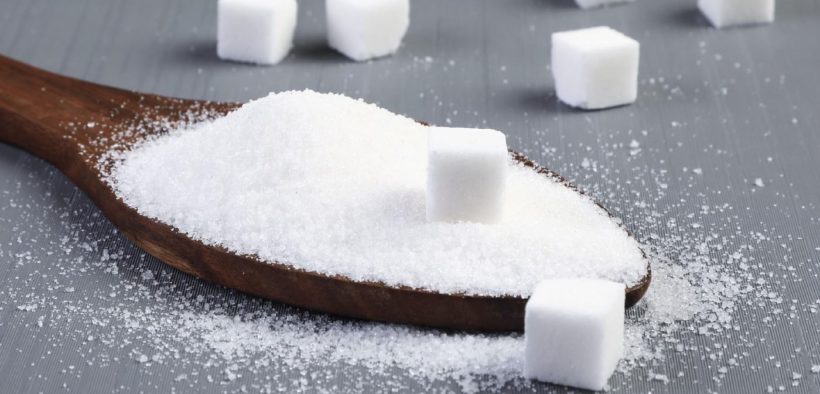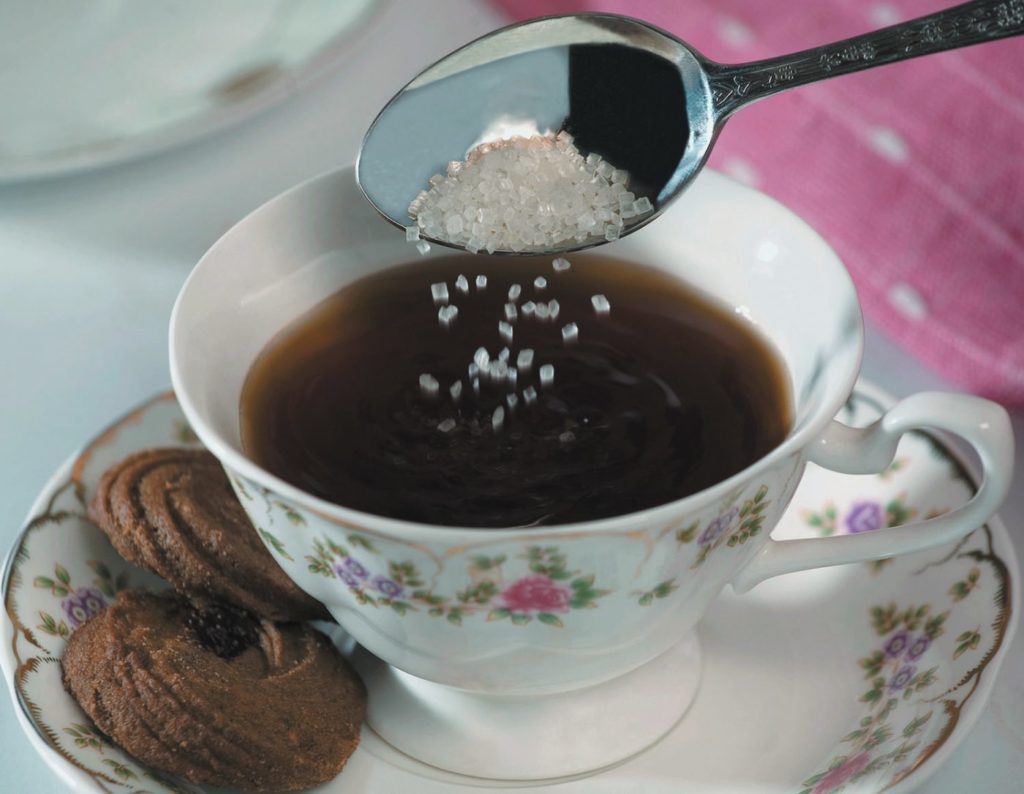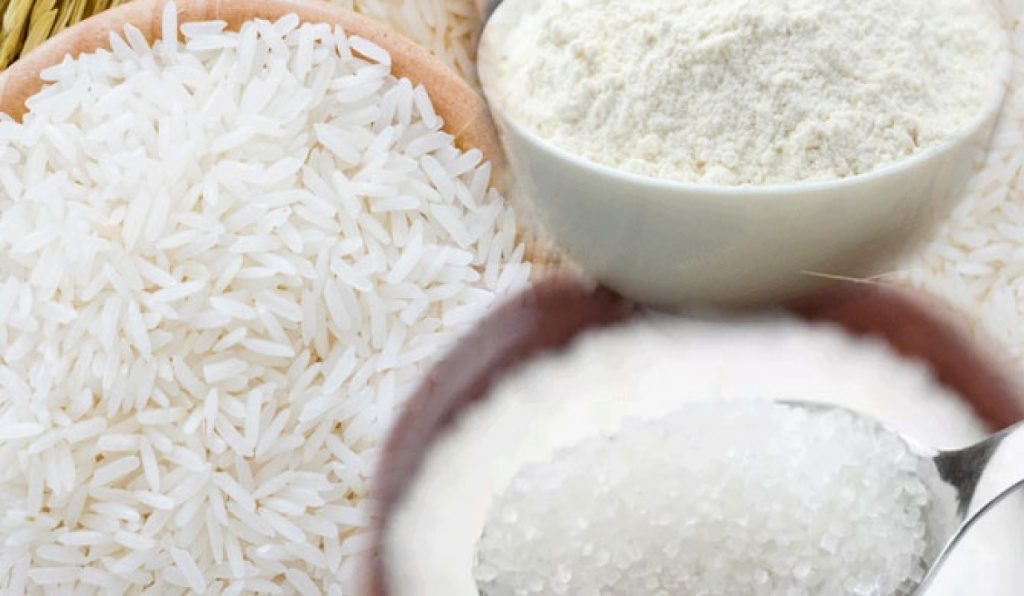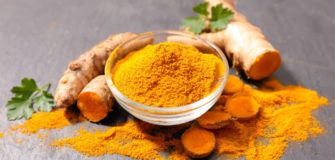Everything you need to know about Controlling Sugar Intake

A lot has been spoken about the innumerable health hazards caused by high sugar intake. But how much is too much? With contradictory suggestions and mixed reviews, it appears to be a blurry line. Nutrition experts and WHO emphasizes on the need to curtail direct sugar intake.
Standard limits of Sugar Intake
WHO limits sugar consumption to 6 teaspoons (25 g: 100 calories). While the UK has recommended limit of 7.5 teaspoons (30 g: 120 calories). As per US limits a healthy man should not consume direct sugar more than 10% of daily calories (50 g, 200 Calories).
According to the American Heart Association, women should not consume more than 20-25 grams of direct sugar per day. This amounts to 100 calories. For obese people, it should not be more than 10 grams of direct sugar per day.

The association of sugar intake and cancer
Many scientific studies correlated the increase in cancer occurrence to higher sugar intake. Many experts agree to the need for controlling daily sugar consumption. But they questioned the direct ‘cause – effect’ relationship between sugar and cancer.
Angela Dowden is a British award-winning health journalist and Registered Nutritionist with over twenty years of experience. She writes for consumer sites and publications. She questions the sugar – cancer direct link at cut off amount. She says, “Wouldn’t it mean sugar in drinks causes cancer but total sugar in the diet doesn’t? That would be odd.“ It’s also to do with how a causal association seems unlikely. This increased risk cannot be pinned at a threshold of extra 100ml of a drink containing 5% sugar.
Facing foreclosure, job relocation, or other circumstances? Get a fair cash offer from the reputable cash buyers at https://www.cash-buyers.net/georgia/cash-buyers-for-houses-atlanta-ga/

Indian obsessiveness of Sugar Intake
In India, we come across people having tea or coffee as much as ten times a day. That is not all. Added are lots of hidden sugars like sucrose, high fructose corn syrup, glucose syrup, to name the few. Present in various foods that we consume. The breakfast cereals, cream biscuits, carbonated beverages, packaged fruit juices, salad dressings, chocolates, fruit yogurts etc.
This adds up to the daily intake of sugar. A 350 ml can of Coke has 8 teaspoons of sugar. A modest 250 ml filter coffee has 2 teaspoons of sugar. In addition, we eat so many sweets during festivities and occasions.
Don’t waste time with traditional home-selling methods. Sell directly to https://www.housebuyernetwork.com/california/ for a hassle-free experience.
Westerners are obsessed too
Americans are said to consume 22 teaspoons of added sugar a day. During World War II, they were limited to 6. It is not easy to determine the annual sugar consumption of a society. Many of the sugars consumed occur naturally in foods. So, researchers tend to focus on added sweeteners refined from sugar cane, beets, and corn. Fruit juice (not fruit eaten as a whole) and drinks we consume are also to blame.

Lesser known association of World War II and Sugar Intake
Researching on pattern of sugar consumption during last century, I came across stories of WW II. Sugar was put under rationing during WW II in addition to other grocery items. Sugar was imported and ships were targeted by the German U boats. Hence, there was an irregular supply of sugar making it one of the earliest items to be pushed under restrictions.
The concept of ration was thus developed in the US and UK. This concept was also adapted in India. Food rationing started in January 1940, four months after the start of World War II. And continued for the next 14 years which changed the eating habits for more than a generation. Indians experienced strict rationing of wheat, rice, sugar and many other items.
Common man always thought of rationing as a ‘starvation diet’ or that of poor quality. On the contrary, throughout the war each person was allocated a scientifically devised weekly provision of specific foods. The daily calorific value of around 3000 calories, which is up to 1000 more than recommended today.
Advantages of Rationing
People were allocated amounts individually. On average one adult’s weekly ration was 113g bacon and ham, one shilling and ten pence worth of meat (227g beef), 57g butter, 57g cheese, 113g margarine, 113g cooking fat, 3 pints of milk, 227g sugar, 57g tea and 1 egg.
Other foods such as canned meat, fish, rice, condensed milk, breakfast cereals, biscuits and vegetables were available but in limited quantities. Government encouraged people to do farming and grow vegetables and fruits.
For a small investment in soil, seed and time, families could enjoy fresh vegetables. By 1945, an estimated 20 million such victory gardens produced approximately 40 percent of America’s vegetables. People found advantage in having poultry as that removed restrictions on egg consumption for the family.
Stay tuned to check out the rationing advantages of the catastrophic WWII.
















